Resourses
Start your design | Find your style | Design your room | Plan your project | Install your cabinets | Love your space
KITCHEN DESIGN PRINCIPLES THAT BLEND BEAUTY AND FUNCTION
We all want our kitchens to be both beautiful and functional. And while you may have an idea of how you want your new kitchen to look, you’ll also want to understand the factors that impact how you feel in the space. Deciding on a layout for a kitchen is probably the most important part of kitchen design. It's the layout of the kitchen—and not its color or its style—that determines how easy it is to cook, eat and socialize in the kitchen.We’ve gathered helpful information on kitchen shapes, optimizing functionality and how to ensure a layout works for you and your family.Read on to find out the pros and cons of each option.
YOUR LIFESTYLE AND YOUR HOME WILL INFLUENCE YOUR KITCHEN’S SHAPE
Are you an aspiring cook? Do you like to entertain? Is counter space a premium? These are just some of the considerations that will determine which kitchen shape is right for you.

U-SHAPED
The U-shaped kitchen offers generous counter space and provides an efficient workflow by creating a compact work triangle.U-Shaped kitchen is the most popular style.
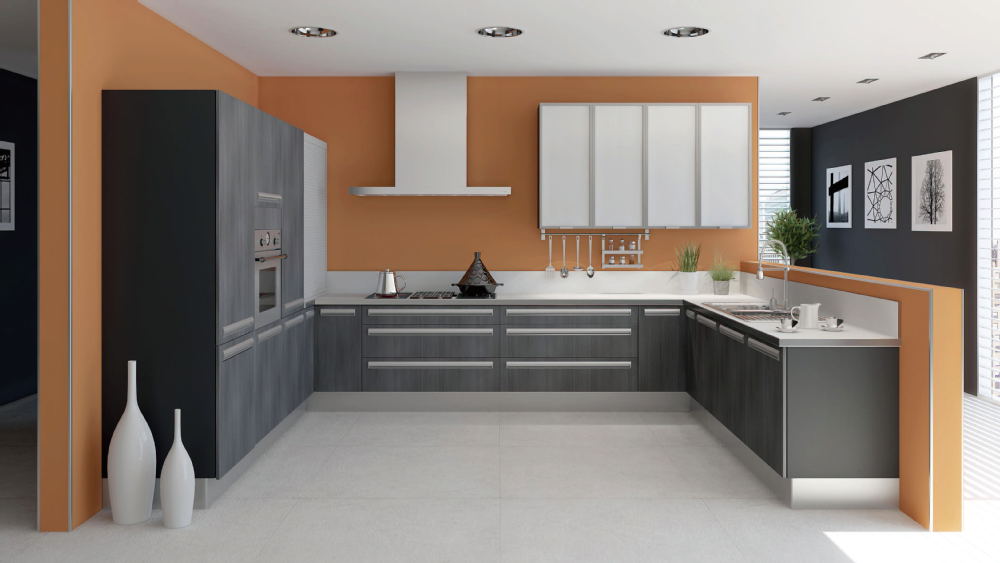
L-SHAPED
The L-shaped kitchen offers flexibility for both large and small kitchen— allowing for greater flexibility when placing appliances. Families also benefit from L shape that easily divides the kitchen into cooking and dinning areas.
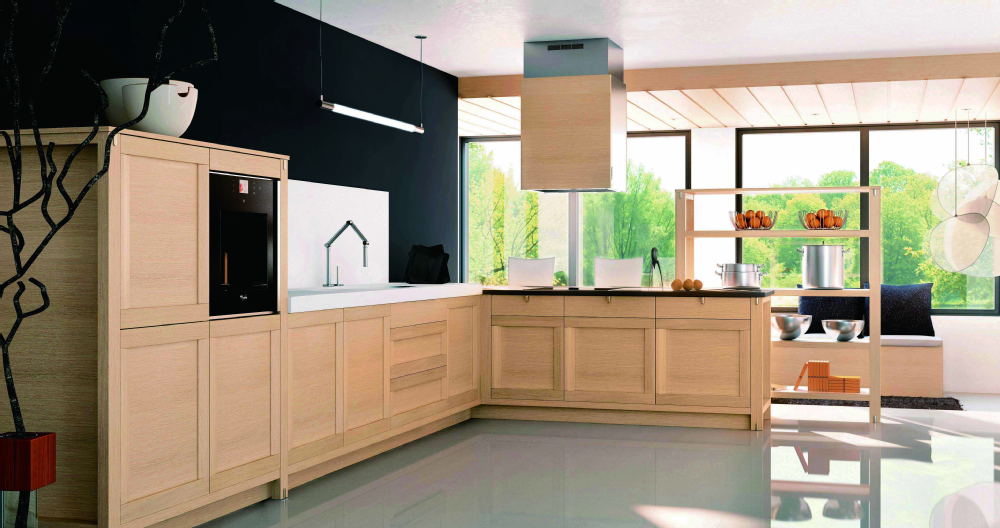
G-SHAPED
It is great for homes with multiple cooks, the G-shape provides ample counter and cabinet space, as well as an ideal island center for guest entertaining.

SINGLE WALL
This layout provides an open and airy feeling and is particularly successful in small homes or apartments.
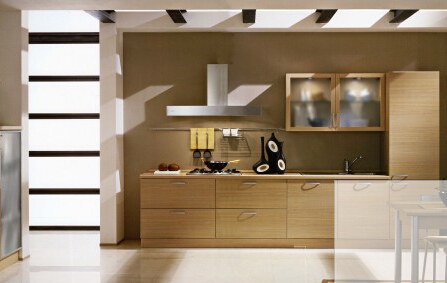
GALLEY
Open on two ends, the Galley requires a minimum corridor width of 48" so that you can easily maneuver when cooking. Appliances are in close proximity to one another making this a great option when space is limited.

EFFICIENCY HAS A SHAPE: THE TRIANGLE
The basic work triangle is comprised of an imaginary line drawn between the kitchen's primary work areas: food storage (refrigerator), food preparation (stove) and cleanup (sink). We recommend your work triangle not exceed 26 linear feet (a total sum of the 3 sides of the triangle) for maximum efficiency.
WHAT YOU CAN EXPECT FROM OUR DESIGNER
If you are working with a professional kitchen designer, you can expect to receive the following:
FLOOR PLAN
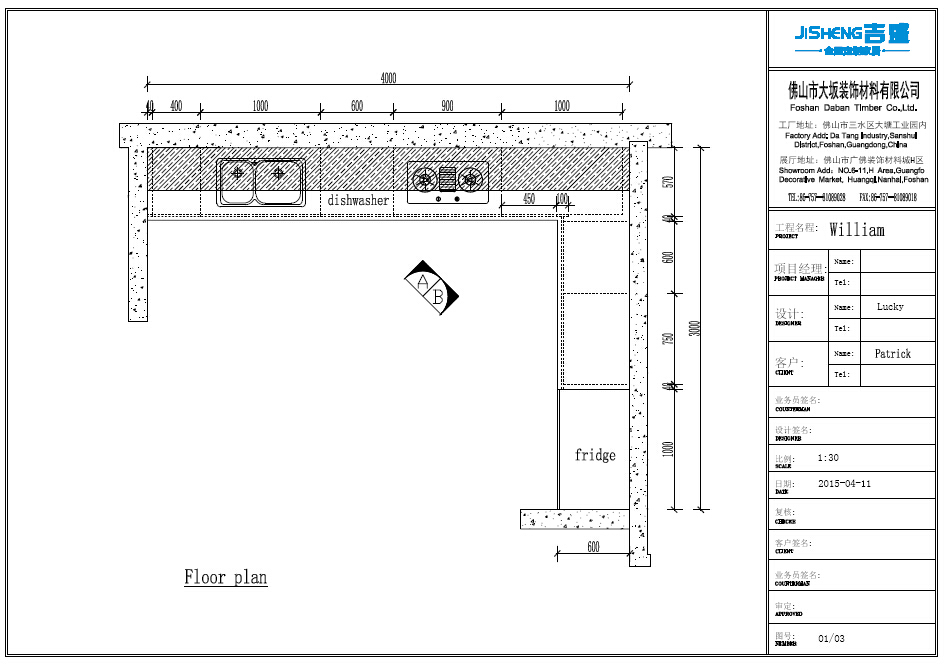
A drawing presenting the relationships between elements of a room viewed from an aerial perspective.
ELEVATION
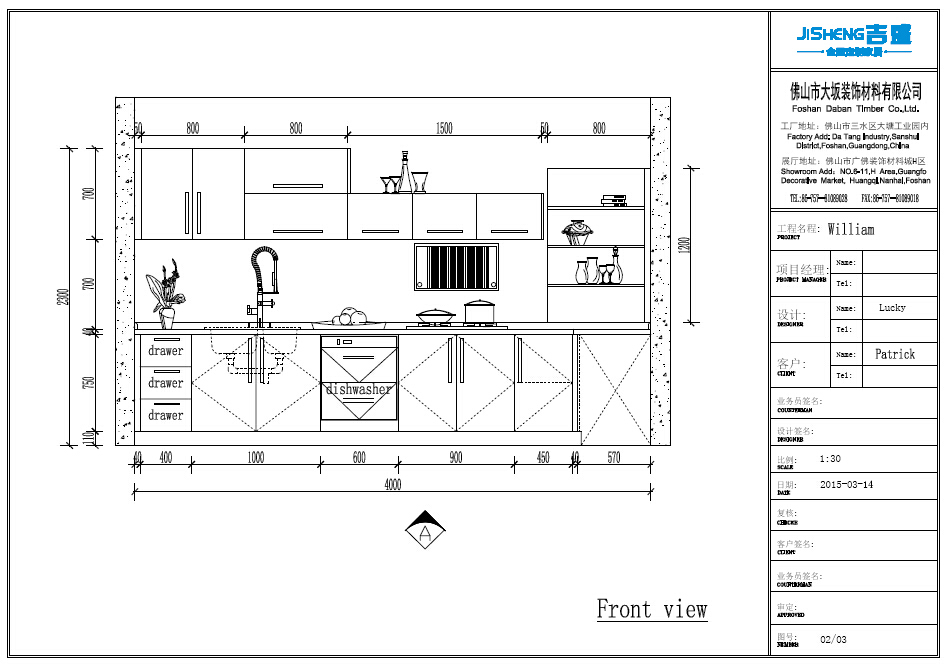
A floor-level drawing that shows a front, side or rear view of a room in a vertical plane, illustrating how elements appear face-to-face in the space.
TESTING THE FIT
With a floor plan in hand, it's time to measure your room with masking tape to gauge how the space plan actually feels when you're standing in the room. With cabinets and appliances outlined on the floor, you can also pin and place material swatches to evaluate how color, texture and light are coming together to realize your overall vision.










